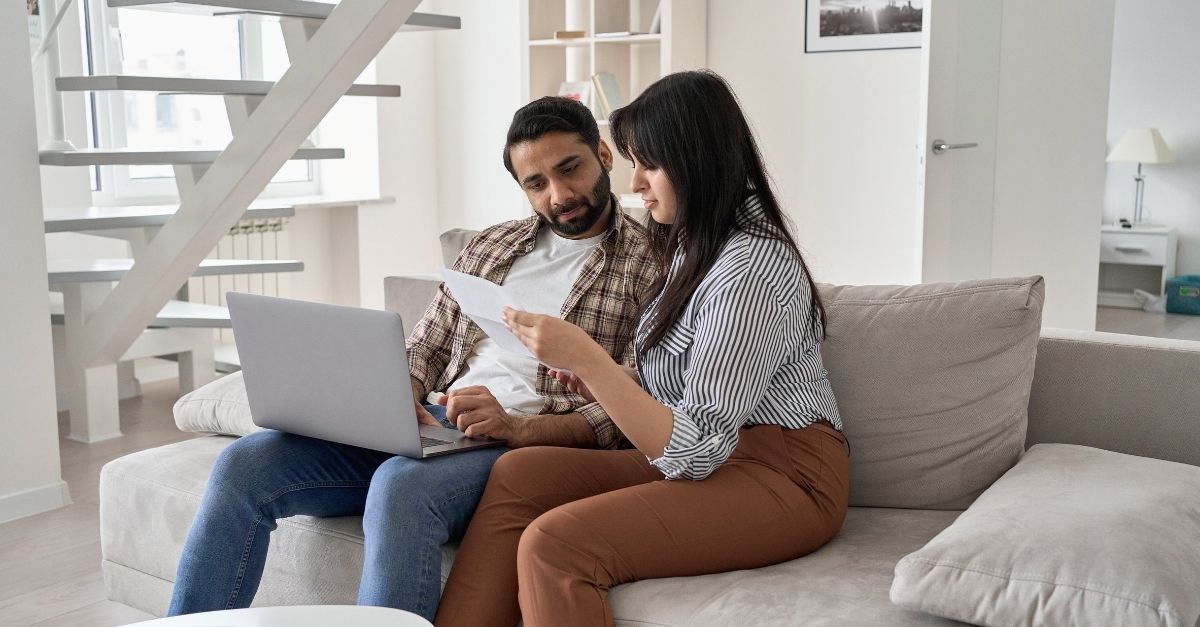Installing solar photovoltaic (PV) systems is a great way to produce clean, renewable energy while helping the environment and reducing electricity bills. Many people wonder whether they need to seek planning permission to install solar panels. In most cases, the answer is no—solar panels fall under "permitted development rights," meaning you typically don't need to apply for special approval. However, there are specific guidelines your installation must adhere to in order to stay compliant. Even though you likely won’t need planning permission, it’s wise to acquaint yourself with these regulations before proceeding. This blog post aims to help you understand the key considerations when installing solar panels on your property. In general, solar panels qualify for permitted development rights, allowing you to install them without needing explicit planning permission. For your solar PV system to comply with these rights, it must meet certain conditions: Additional criteria apply if your property falls within a conservation area, which we’ll discuss further below. All Solar Together installers are certified by the Microgeneration Certification Scheme (MCS) and can design your system according to planning regulations. If you're considering standalone solar panels (not attached to a building), there are extra rules to keep in mind. Along with the previously mentioned criteria, standalone panels must be at least five meters away from property boundaries and cannot exceed four meters in height. The entire array must measure less than 9 meters by 3 meters by 3 meters. Furthermore, permitted development rights apply only to the first installation; any subsequent installations will require planning permission. The simplest and most effective solution is to mount solar panels directly onto your roof. Through Solar Together, you can enjoy reduced installation costs while contributing to sustainability efforts. While permitted development rights cover most cases, there are instances where you may need to apply for planning permission. Here are three common scenarios where planning permission is likely required: Solar PV panels can indeed be installed on flat roofs, but they typically require mounting frames to angle them toward the sun. To minimize wind effects, the panels are usually positioned horizontally. Additionally, sufficient spacing must be maintained between panel rows to prevent shading issues. Flat roof installations tend to involve higher costs, which will be detailed in your Personal Recommendation if applicable. Your installer will determine the optimal panel layout following a roof survey. Structural engineers may also need to assess flat roofs for compatibility with solar panel setups. While your installer can provide guidance, arranging such evaluations could incur additional expenses. Conservation areas preserve sites of historical or architectural significance, numbering approximately 10,000 in England. Generally, you can install solar panels in these areas without planning permission, provided they aren’t visible from public highways. Always consult your local authority if you're uncertain about visibility restrictions. Listed buildings hold national importance due to their historical or architectural significance. If your home is classified as Grade I, II*, or II listed, you’ll need listed building consent to install solar panels. Alterations affecting a listed building’s character must receive prior approval from Historic England and relevant organizations. Note that listed building consent differs from standard planning permission and requires submission to the local planning authority. If you believe planning permission is necessary for your solar PV system, start by contacting the Planning Portal for guidance. They can advise whether your project requires permission and outline any regulatory requirements your application must fulfill. Processing times for planning permission applications typically range from a few weeks to several months, depending on complexity. It’s advisable to secure planning permission before scheduling the installation. Once approved, you have three years to commence construction. Begin your application via the Planning Portal website, where they’ll guide you step-by-step until a decision is reached. Most planning permission requests take around eight weeks to process. Larger or more complex projects may take longer. Assuming you’ve adhered to all regulations, there’s no logical reason for rejection. However, if your application is denied, you won’t be able to move forward with your solar PV setup. When you opt for an installation through Solar Together, you'll pay a deposit upon accepting your personal recommendation. Should your planning permission be denied, you’ll receive a full refund of your deposit. At Solar Together, we recognize that the upfront costs of solar PV systems can deter some homeowners seeking sustainable energy solutions. Our group-buying initiative makes solar PV more affordable and accessible throughout the UK. Residents in participating councils can sign up for Solar Together to benefit from discounted installation rates—group purchases always yield better prices. We thoroughly vet our installers to ensure high-quality service delivery. Battery storage options and electric vehicle charging points are also available as optional extras. With Solar Together, you gain peace of mind knowing that your investment supports renewable energy while potentially lowering utility expenses. Join us today and take the first step toward a greener future! NPK water soluble fertilizer, NPK water soluble fertilizer powder, NPK water soluble fertilizer for plants Yantai Hongyuan Bio-fertilizer Co.,Ltd. , https://www.hongyuanlinong.comSolar Panels and Planning Permission: The Essentials
Standalone Solar Panels and Permitted Development Rights
When Do You Need Planning Permission for Solar Panels?
Installing Solar Panels on a Flat Roof
Installing Solar Panels in Conservation Areas
Installing Solar Panels on Listed Buildings
Applying for Solar PV Planning Permission
What Happens If My Application Is Denied?
Contact Solar Together Today
